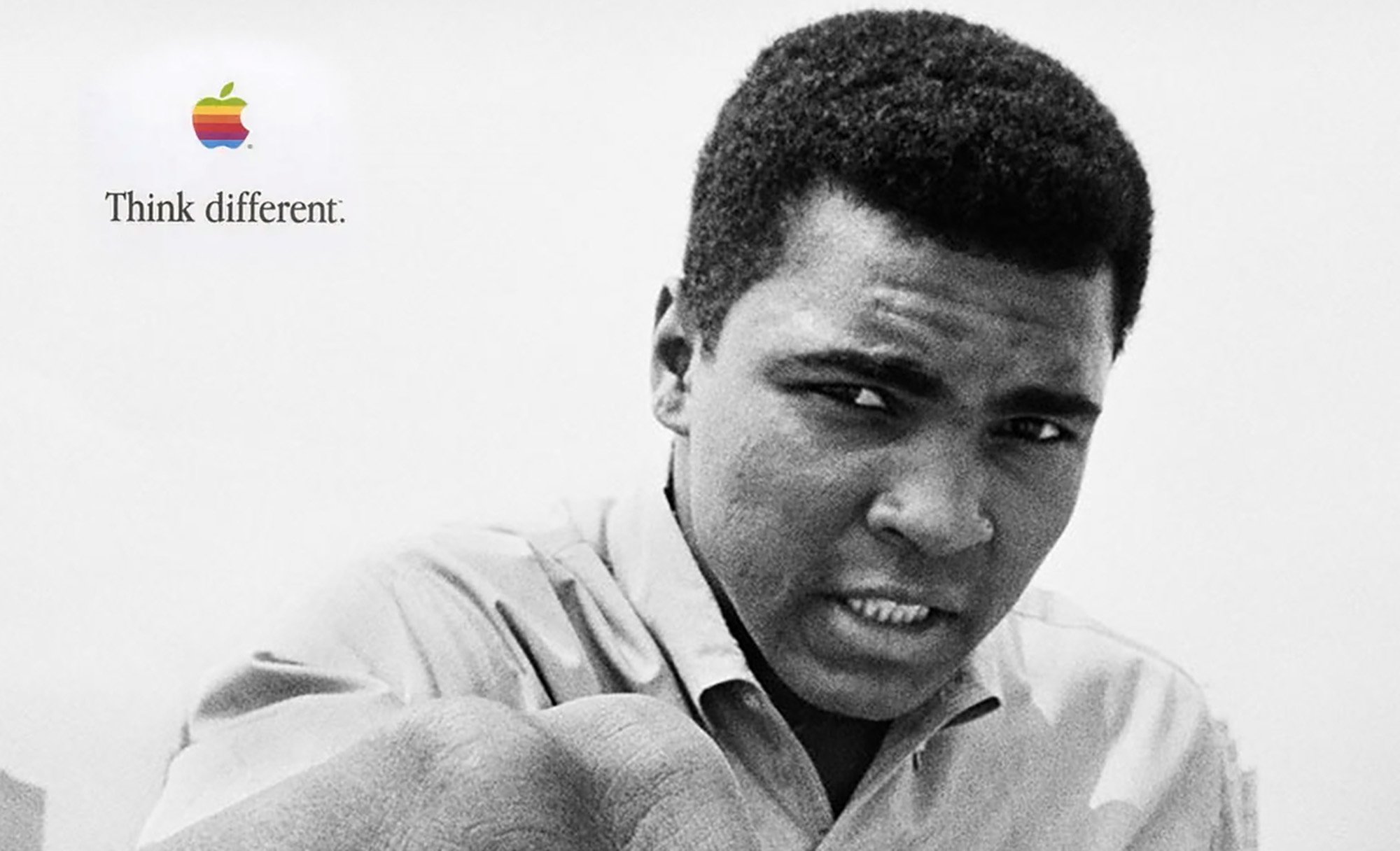What is branding and why should you care?
A brief history of branding
Over a century ago, cattle ranchers used branding irons to show which animals were theirs. As the cattle moved across the plains to slaughter houses, it was easy to tell which ranches they were from thanks to the unique symbols burnt into their hides.
In the 19th century, producers also began putting a mark on products to indicate their source. In the 1880s the Coca-Cola Company was one of many soda producers and needed to be sure customers could distinguish a Coke from all the others. So they created a custom embossed glass bottle, custom label shape, custom wordmark and began using the colour blue (no, not red).
In the later part of the 20th century, marketeers began to understand there was more to the perception of products/services than just their names. They realised that they could create a specific perception in customers’ minds about the qualities and attributes of each business. They took to calling this perception “the brand.”
So, put simply, a “brand” is the embodiment of a business, from the way they make you feel, to the way they look, to the way they speak. It’s everything the public thinks it knows about an offering, both factual and emotional. A brand name exists objectively; people can see it, it’s fixed, but the perception of a “brand” exists in someone’s mind.
For example, there are a number of factual elements to Nike’s brand. They produce high quality sportswear, they’re innovative, they have numerous lucrative endorsements etc. But, the entire Nike brand is built around an age old story; a hero vs a great foe. But cleverly it’s us who are both the hero and the villain. The villain is our laziness and fears while the hero is the part of us that gets to work and pushes us forward. That voice in our head that says “just do it”. If you look at countless Nike campaigns over the years, this is the narrative. It’s not by accident. It’s designed to emotionally engage with their consumer and covers a broad spectrum of the market, from someone trying to lose a bit of weight after too much Christmas indulgence to an elite athlete going for gold at the Olympics, we can all relate to the same simple narrative.
How do you do this?
1. It starts with an idea
Great brands all have an idea that’s wired into the DNA of the business. That idea is then delivered consistently – which needn’t mean repetitively – so that your target audience know what you stand for and can align their beliefs with yours.
For example, rather than telling you how delicious Coke is, the Coca Cola brand invests in creating an idea of what life with Coke is like. The company sells a lifestyle that’s based on things like community, happiness and love. They’ve evolved to realise that selling brown, fizzy, sweet water, isn’t enough to get consumers emotionally invested.
2. Get emotional
We often feel before we think. Creating an emotional connection between a business and a target audience is how great branding engages. You need to sell more than your product or service. It’s who you are, not what you are that will connect with people.
For example, In 1997 Steve Jobs introduced Apple’s new slogan, “Think different” which launched as a one-minute ad featuring footage of 17 iconic 20th-century personalities. The ad portrayed these personalities as “the crazy ones. The misfits. The rebels. The troublemakers”. In doing so it fired up its target audience to align with that same spirit by choosing Apple. They could of talked up processing speeds or screen quality but it’s much more emotionally engaging to tell consumers that they can change the world.
3. Communicate visually
Humans respond to image, colour and symbols quicker than written word, it’s hardwired into us. You need to encapsulate who you are visually so that the people you want to communicate with can instinctively recognise you in a world full of businesses trying to make a similar connection. Even something as seemingly simple as colour can make a huge impact. Think red, think Coca-Cola, Levis or Netflix. Think blue, think Facebook, Ford or Twitter. It works for all colours, because leading brands drill them into our subconscious.
4. Build an arsenal
Visual communication that represents a brand can take many forms. Colour, logos, typography, illustration, photography, pattern and more can be utilised to make an impression. Creating these elements, making them work together and using them consistently brings a brand to life visually.
5. Find a voice
Defining character through a tone of voice can be a strong differentiator. A brand personality is communicated visually but a unique or definable voice also makes an impression. How you speak/write is just as important as what you say.
For example, look at the Oatly brand. They’ve taken a very specific, edgy, outsider visual stance, particularly when you think about what the milk sector generally looks like. But how they talk is their defining characteristic. They stick two fingers up at traditional milk and pull no punches, inviting anyone interested in their product to join their revolution.
Branding is multifaceted with many areas to be discussed, but hopefully you now have a slightly better perspective on what you can achieve with your brand, and what we actually mean when we use that word. No matter your sector, from five star hotels to high street fashion brands, the same principles apply. With a clear idea, an emotional connection, strong visual communication and a considered tone of voice, there’s no reason why you can’t create a compelling narrative for customers to align with and become the leading brand in your sector.


